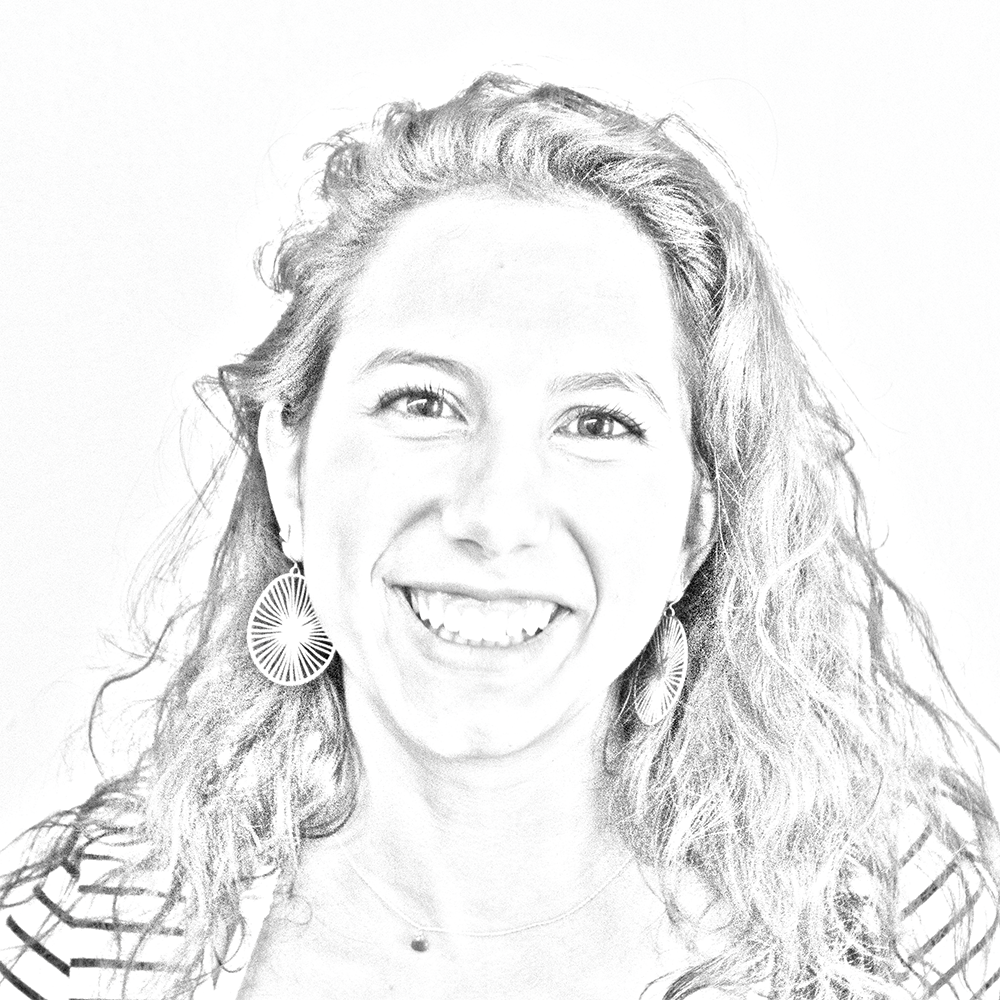The propensity to walk through crowded streets with a nose stuck in a book. The tendency to launch myself out of pools, whipping my hair back in an arc. An affinity for men who give me stolen apples and ask cryptic questions, like: “Do you trust me?”
You may recognize these moments from “Beauty and the Beast,” “The Little Mermaid” and “Aladdin.”
All of these movies, and many other Disney films, left long-lasting, tangible effects on a young Julia Usiak, as I set out to replicate each and every on-screen trope. But what else did I internalize from my impressionable childhood? Perhaps my favorite films taught me the wrong lessons about women. The Bechdel Test offers one method to examine the messaging Disney tried to cram down my throat.
The Bechdel test is the longstanding metric to evaluate women’s portrayal in media based on simple criteria: The movie has to have at least two named women in it, and these women must talk to each other about anything other than a male character.
What a hard ask that a movie would require two female characters to have such pressing conversations! “Pass the salt,” followed by “Here you go, Karen!” or “What are you doing?” followed by “Licking stamps.” What is this, 2018?
These laughably low standards can now be applied to the films that shaped my conception of femininity and definitely shaped yours too: Disney cartoons. Despite being so heavily marketed to young girls, a stunning majority of Disney movies fail to pass the Bechdel test — or even come close.
‘Aladdin’
Unnamed women appear in the song “One Jump Ahead,” bearing the stunning names of “UGLY FAT LADY” and “HAREM” in the official script. This derails all the Bechdel criteria, as the women are unnamed and exclusively discuss Aladdin with the subtle line of “I’d blame parents, except he hasn’t got ’em.” Haha, clever!
“Aladdin” has a total of one named woman, Jasmine, who is 15 and already looking for a husband. Her societal position in itself is not shocking, but I am surprised that Jasmine is an exact carbon-copy replica of the curves I had when I was 15!
Jasmine would like to be independent, but gives up on this goal when the going gets rough – meaning, when she discovers the concepts of “money” and “Aladdin’s pecs.” Tough stuff. Equally problematic, the movie rewards Aladdin’s charming wishes of gaslighting Jasmine into believing he is a prince and then gaslighting Jasmine into believing she is crazy because he is not the same boy from the marketplace.
No, really, I’m rooting for him!
Overall, this movie receives three out of 10 Gloria Steinems. Steinem did not cover abortion speak-outs for New York Magazine so you could use the words “I am not a prize to be won” and “Daddy” in the same sentence, Jasmine. Next question.
‘Hercules’
The Muses fail to say their names in the movie, but a quick Google search reveals that their names are Calliope, Clio, Thalia, Terpsichore and Melpomene. Duh! Let’s give them half credit for the first criterion: named female characters who talk to each other.
Still, the muses talk about Hercules, Zeus or Hades for most of the time, passing the third criterion, but not with flying colors. If you count, “oooh yeah”s, vocalizations like “ahhheyah,” and various “You go, girl!”s, however, this number drops precipitously.
Other female characters include Hera, whose every line begins “Zeus, dear”; surrogate mother Alcmene, whose every line begins “Hercules, dear”; and the Fates, who are not named individually.
The obligatory romantic object of desire, Meg, has been hurt before and won’t trust again. No chance! No way! Nevertheless, most of her plot arc features her as a former lover, future lover or vaguely sexual slave to Hades. Cool.
Five out of 10 Simone de Beauvoirs awarded to “Hercules.”
‘Beauty and the Beast:’
For a movie about a woman who wants to escape her provincial life, Belle sure finds adventure in the form of Stockholm syndrome. Still, she does have a singular conversation with the named Mrs. Potts — about if she’ll come to dinner, ostensibly with the Beast. This moment passes the first criteria, two and three, marginally. There’s also a brief conversation between Belle and her unnamed wardrobe: You can’t just assume that every wardrobe is named Wardrobe. That’s just insensitive.
“Beauty and the Beast” receives four out of 10 Virginia Woolfs.















Molokin • Jan 3, 2021 at 6:23 pm
Thanks for writing this, it was very helpful.
solomon • Oct 21, 2020 at 12:04 pm
Thanks for the wonderfull review. This has helped my psychology test, thank you and good luck